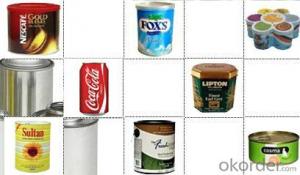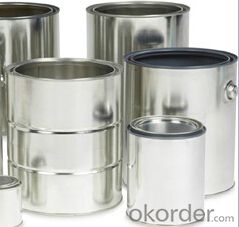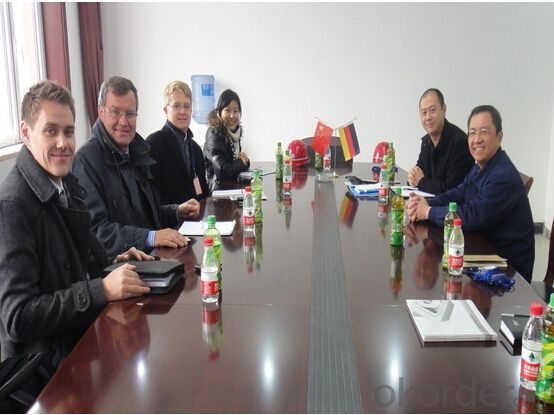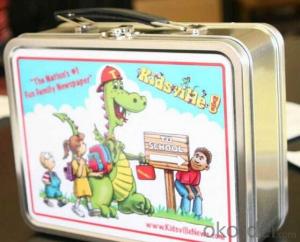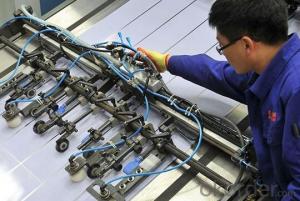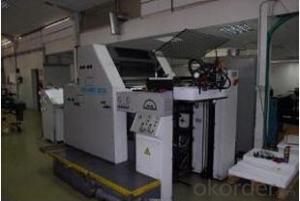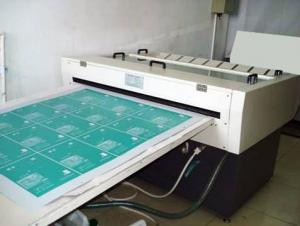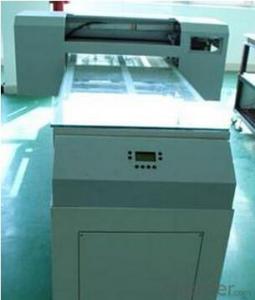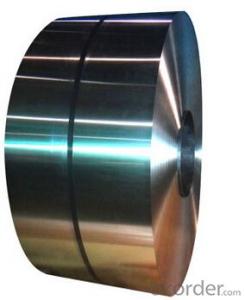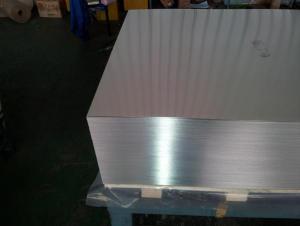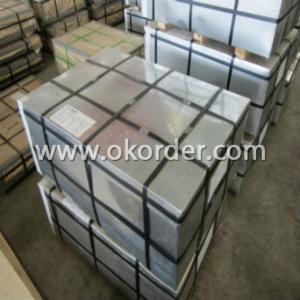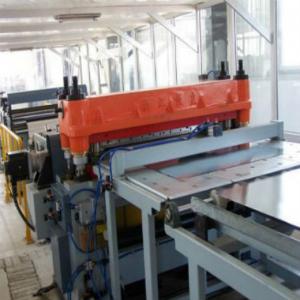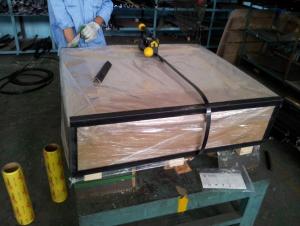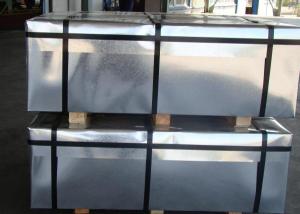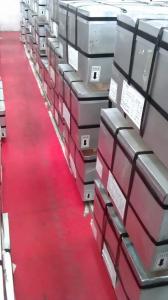Tinplate Used for Metal Cans in Packaging Industry
- Loading Port:
- China main port
- Payment Terms:
- TT OR LC
- Min Order Qty:
- 25 m.t.
- Supply Capability:
- 30000 m.t./month
OKorder Service Pledge
OKorder Financial Service
You Might Also Like
1. Products: Tin Free Steel
Tinplate and TFS are widely used for making all types of containers such as artistic cans, tea cans, painting cans, chemical package cans and metal printing etc. Its applications are not limited to containers; recently, they have also been used for making electrical machinery parts and many other products.
2. Specification:
Our goods enjoyed high quality both at home and abroad. We can supply tin free steel as follows:
Technical standard | JISG3315 and GB/T24180 - 2009 (BS EN 10202:1990) |
Steel Type | MR / SPCC |
Thickness | From 0.15mm to 0.50mm (Tolerance +/- 0.01mm) |
Width | Normally 600-1050mm (Tolerance +3/-0 mm) |
Coating | Total chromium min 30mg/m2 max 140mg/m2 |
Temper & Annealing | T1-T5, DR7-8, TS230-TH435, T49-T65(+/- 4) |
Surface Treatment | Bright & Fine Stone & Stone & Silver & Matt |
Payment terms | Letter of Credit (L/C), Telegraphic transfer (T/T) |
Price terms | CFR & CIF price term |
Delivery time | Within 60 days after received L/C or T/T down payment |
Packing | High quality shipping packing which contains thin plastic film, rust-proof paper, metal cover, metal angles and strap sand pallet. |
Minimum order Quantity(MOQ) | 25 metric tons (1X 20'' container) |
3. Pictures:
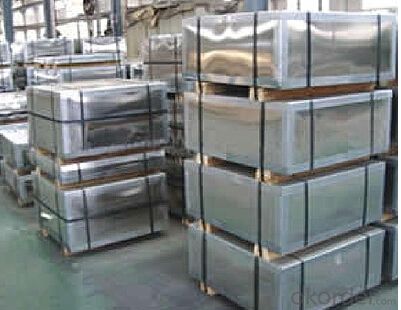
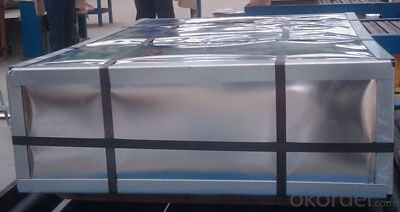
4. Features of the factory price/ tin free steel/tinplate/tfs/tmbp/etp/spte:
Beautiful Appearance
Excellent Paintability & Printability
Excellent Formability & Strength
Excellent Corrosion Resistance
Excellent Solderability & Weldability
5. FAQ:
We are one of the main producers in China for tinplate, tin free steel and also TMBP. At present, our productivity is more than 450000 MT/year.
For more information about our products or company, pls contact us freely.
- Q: Can tinplate be used for food packaging?
- Yes, tinplate can be used for food packaging. It is a common material choice for cans and containers used in the food industry due to its durability, resistance to corrosion, and ability to maintain the freshness and quality of the packaged food.
- Q: What are the main applications of tinplate in the furniture industry?
- Tinplate is primarily used in the furniture industry for the production of decorative metal trims and accents. It is commonly used for creating ornamental elements on furniture pieces such as drawer handles, cabinet knobs, and decorative trimmings. Tinplate's corrosion resistance and malleability make it a suitable material for adding intricate and elegant details to furniture designs while also providing durability and protection against wear and tear.
- Q: How is tinplate stored and handled?
- Tinplate is typically stored in a dry and well-ventilated area to prevent rusting. It should be kept away from moisture, chemicals, and direct sunlight. When handling tinplate, it is important to use proper lifting equipment to prevent damage and injuries. It should be stored in a way that avoids excessive stacking and ensures easy access for inspection and use. Proper labeling and documentation of storage is also recommended to ensure efficient handling and inventory management.
- Q: Can tinplate packaging be used for household products?
- Yes, tinplate packaging can be used for household products. It is a versatile and durable material that offers protection and preservation to various household items, such as food, beverages, cosmetics, and cleaning products. Tinplate packaging is also recyclable and eco-friendly, making it a suitable choice for sustainable packaging solutions.
- Q: How is tinplate coated for furniture?
- Tinplate is coated for furniture by applying a thin layer of tin to a steel sheet through an electroplating process, forming a protective and decorative coating.
- Q: What are the advantages of using tinplate for promotional items?
- Tinplate offers several advantages for promotional items, including its durability, versatility, and visual appeal. It is a sturdy material that can withstand rough handling, making it ideal for long-lasting promotional products. Additionally, tinplate can be easily molded into various shapes and sizes, allowing for unique and creative designs. Its glossy finish provides an attractive and eye-catching appearance, enhancing the overall appeal of promotional items.
- Q: What are the main trends in tinplate recycling?
- The main trends in tinplate recycling include increased awareness and implementation of recycling programs, advancements in technology for efficient separation and processing of tinplate, and the growing demand for sustainable packaging solutions. Additionally, there has been a shift towards closed-loop recycling systems, where tinplate waste is recycled and used to produce new tinplate products, reducing the need for virgin materials.
- Q: How is tinplate printed and decorated?
- Tinplate is typically printed and decorated through a process called offset printing. In this method, the design is first engraved onto a metal plate, which is then coated with ink. The inked plate transfers the design onto a rubber blanket, which in turn applies the design onto the tinplate. This process allows for high-quality and precise printing on the tinplate surface. Additionally, after printing, various decorative techniques such as embossing, lacquering, or applying special coatings can be used to enhance the appearance and protect the design on the tinplate.
- Q: How do you paint the tinplate?
- Looking for tin printing cans factory processing back. Printing waste rate of 1000, there are 5 waste or so.
- Q: What are the main quality standards for tinplate?
- The main quality standards for tinplate include thickness, coating weight, surface finish, and adhesion. These standards ensure that tinplate meets the required strength, corrosion resistance, and aesthetic properties necessary for its various applications such as food packaging and industrial uses.
Send your message to us
Tinplate Used for Metal Cans in Packaging Industry
- Loading Port:
- China main port
- Payment Terms:
- TT OR LC
- Min Order Qty:
- 25 m.t.
- Supply Capability:
- 30000 m.t./month
OKorder Service Pledge
OKorder Financial Service
Similar products
Hot products
Hot Searches
Related keywords
